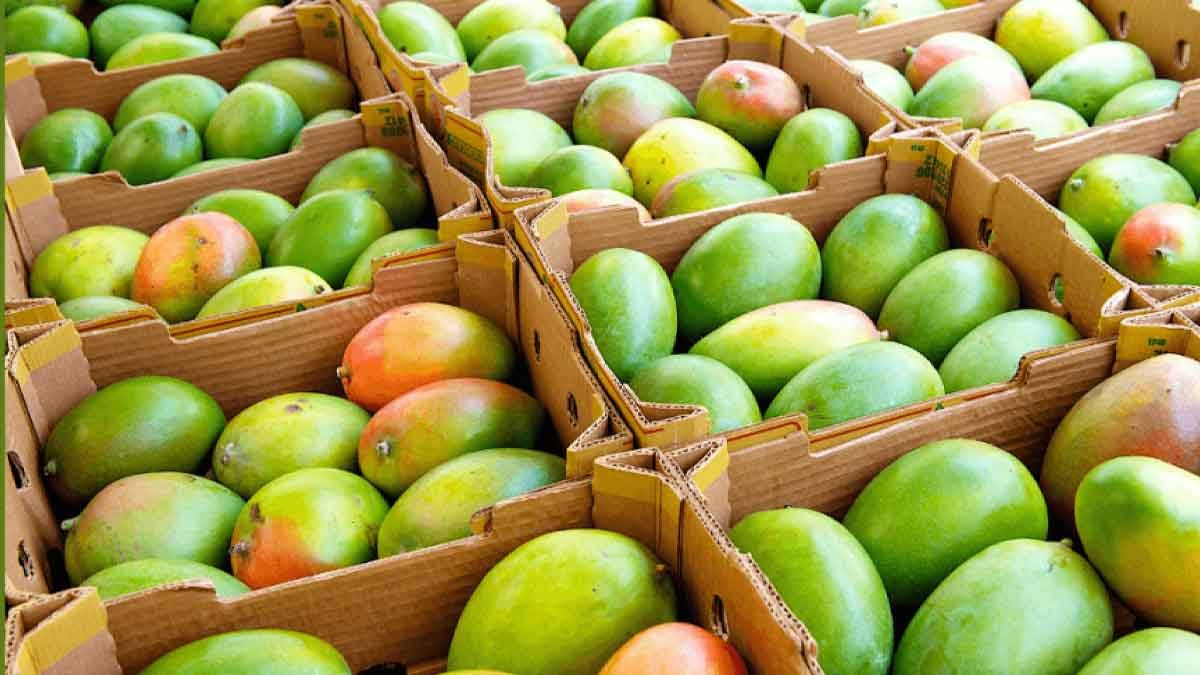The Art of Mango Storage: Preserving the Freshness and Flavor

Mangoes, with their delectable taste and vibrant colors, are a beloved fruit enjoyed by many. To fully enjoy the lusciousness of mango, it is important that we know the storage process to properly maintain their freshness and flavor.
Below are the right way to store mangoes, ensuring they stay ripe, juicy, and ready to savor. By following these storage tips, you can extend the shelf life of your mangoes and enhance your enjoyment of this tropical delight.
Ripening Stage
Understanding the ripening stage of your mangoes is essential for proper storage. Mangoes are typically harvested when they are slightly under ripe. They continue to ripen after picking, so it’s essential to identify the right time to store them. Look for mangoes that have a firm texture but yield to gentle pressure. Avoid overly soft or bruised mangoes, as they may be overripe.
Room Temperature
Store your mangoes at the desired ripeness at room temperature for a few days to allow them to ripen fully. Place them in a fruit bowl or on the kitchen counter, away from direct sunlight and heat sources. This enables the mangoes to continue their natural ripening process and develop their sweet aroma and softness.
Refrigeration
Refrigeration is the next step if you want to slow down the ripening process or if your mangoes have reached the desired ripeness. Place ripe mangoes in the refrigerator to prolong their freshness. However, refrigeration can affect mangoes’ texture and flavor, making them slightly firmer and potentially dulling their taste. Therefore, it is best to consume refrigerated mangoes within a few days.
Storage Containers
Place your mangoes in a breathable storage container to prevent them from bruising or drying out in the refrigerator. Opt for a perforated plastic bag or a container with ventilation holes. This allows for proper air circulation and prevents excess moisture accumulation, which can lead to spoilage.
Separation
Remember that mangoes release ethylene gas, which can accelerate the ripening process of other fruits. To prevent overripening or premature spoilage of other fruits, storing mangoes separately or in a designated fruit compartment in your refrigerator is advisable. This ensures that the ethylene gas is contained, maintaining the freshness of other fruits.
Freezing Mangoes
If you have an abundance of ripe mangoes or want to extend their shelf life further, freezing is an excellent option. Peel and slice the mangoes into desired portions, place them in airtight freezer bags, and store them in the freezer. Frozen mangoes can be used later in smoothies, desserts, or as a refreshing frozen treat.
Properly storing mangoes is key to preserving their freshness, flavor, and texture. Understanding the ripening stages and following the right storage techniques allows you to enjoy mangoes at their peak quality. From allowing them to ripen at room temperature to refrigerating them in breathable containers, each step contributes to maximizing the enjoyment of this tropical fruit.
So, next time you bring home a batch of mangoes, apply these storage tips and relish their sweet and juicy goodness for an extended period.
Mariel is a writer who finds writing a safe space to share her experiences and opinions with the world. Aside from writing, she also listens to music, specifically K-pop and OPM, to relax after a challenging day.






